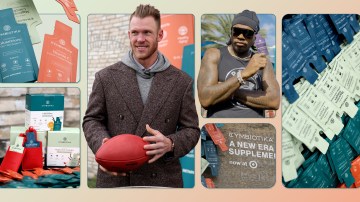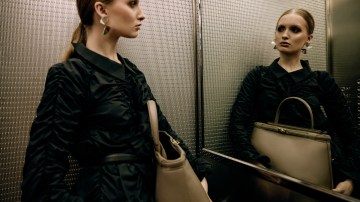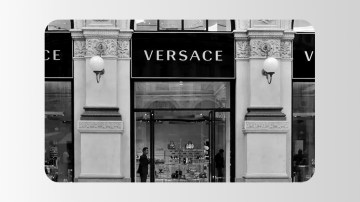Sephora and fragrances led LVMH sales in its third quarter, as customers went after small luxuries.
“Sephora is everything Amazon is not,” said LVMH CFO Cécile Cabanis during the company’s earnings call on Tuesday, in response to an analyst questioning whether Amazon is a Sephora competitor. “It’s a destination where you find brands — one out of two is exclusive to Sephora — and where you meet beauty consultants. [People don’t say], ‘I’ll buy it on Amazon.’ They say, ‘I’ll go to Sephora.’”
That statement summed up the group’s third-quarter results, where LVMH’s quieter divisions, including beauty and retail, carried the weight. While the company’s total revenue for the first nine months of 2025 reached €58 billion ($63 billion), down 2% organically, Q3 returned to growth. The Perfumes & Cosmetics unit rose 2% organically during the quarter, and the Selective Retailing division, which houses Sephora and luxury travel retailer DFS, climbed 7%. Together, they became proof that consumer excitement can still beat macro gloom.
Cabanis and head of investor relations Rodolphe Ozun said beauty sales were fueled by product launches that created quick buzz. Dior led the way with Rouge Dior On Stage and Backstage, plus the new fragrance Miss Dior Mystérieuse. “Makeup outperformed in Q3 for Dior, supported by successful innovation, while skin care growth was driven by the prestige line,” Cabanis said. Guerlain, Givenchy Beauty and Maison Francis Kurkdjian also contributed steady gains.
Fragrance houses’ strategy of leaning on storytelling, rather than price, paid off. “Across categories, we’re seeing strength in innovation-led maisons,” Ozun noted. Cabanis said that innovation connects most strongly with domestic, non-tourist consumers. “Local clientele are where the quality of growth lies,” she said, pointing to recovering beauty demand in mainland China and solid local sales in the U.S. and Europe, even as tourism remains below pre-pandemic levels.
The real outlier was Sephora. LVMH’s Selective Retailing division brought in €12.6 billion ($13.7 billion) over the first nine months of the year, up 3% organically, with Q3 alone growing 7%. North America led the charge, where store traffic and basket sizes both rose sharply. In September, Hailey Bieber’s Rhode launched in Sephora stores and online in the U.S. and Canada, becoming the retailer’s largest-ever brand debut, according to Ozun. Cabanis called it “record-breaking.” Ozun added that Sephora’s performance was “solid, organic and like-for-like across the Americas, Europe and the Middle East.”
Events also contributed to Sephora’s success. This year’s Sephoria series, including events held in Shanghai, Paris and Dubai, with a U.S. edition planned for early 2026, helped position the retailer as both social and experiential. “It’s a playful, locally-driven way to let consumers discover what’s new,” Ozun said.
Despite the strong quarter, both Cabanis and Ozun acknowledged the headwinds. Currency effects shaved about 5 points off reported results, and macro conditions remain uneven. Yet Cabanis kept the focus on momentum. “Whenever we are bringing an initiative or an innovation or a new retail-disruption initiative, it creates immediately a bond and interest and excitement,” Cabanis said.
LVMH’s overall message was cautious optimism: It expects tougher comps in Q4, but easier ones next year. “We are confident while we remain conscious of the macro environment, which continues to be pretty volatile,” Cabanis concluded.




